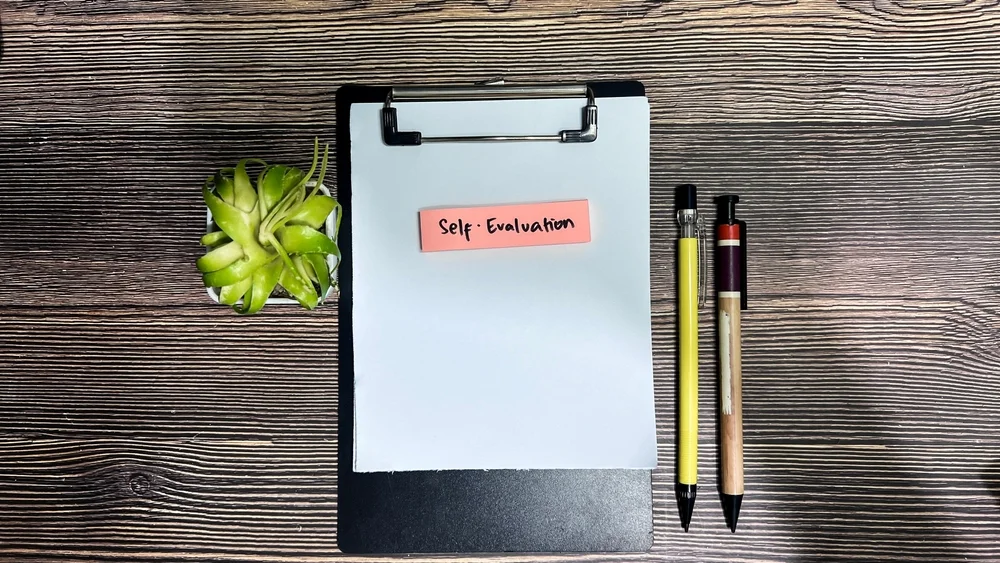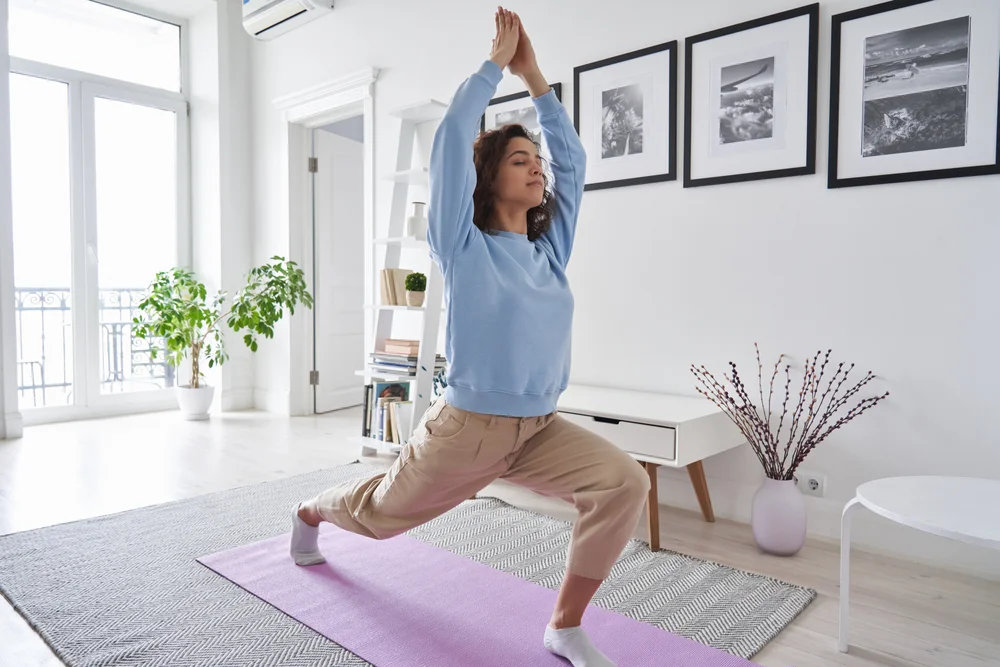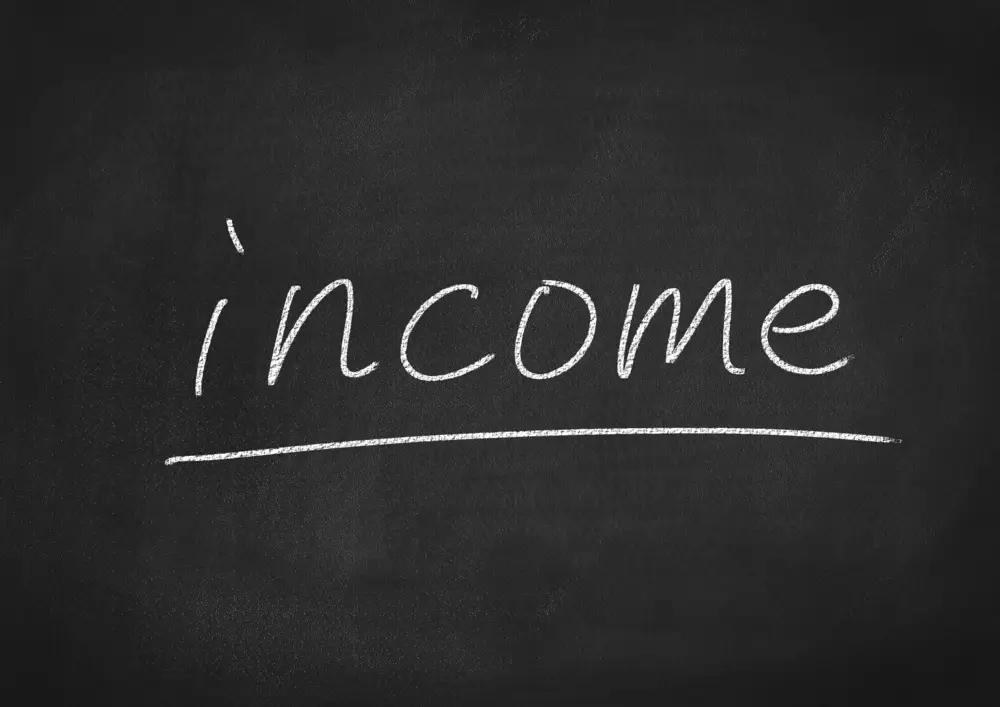How to Make a Budget-Friendly Wellness Plan
Wellness is no more a luxury for people with limitless discretionary income in the hectic environment of today. Everyone must do it. Wellness is about developing sustainable habits that make you feel better physically, psychologically, and emotionally, not about gym memberships or pricey health getaways. Achieving wellness doesn’t have to be expensive whether your goals are for bettering your fitness, nourishing your body, or developing your mind. Actually, you can create a budget-friendly wellness plan without going broke.
Why Health Matters
Taking responsibility of your wellness is more crucial than ever in a culture when bad habits and stress are on rise. Many people, however, have a common belief that wellness calls for fancy pills, pricey gym memberships, or high-tech devices. Although these things can undoubtedly be helpful, a good and fulfilled life does not depend on them.
In its best form, budget-friendly wellness plan is really about continuity and balance. It’s about developing habits that enable you to flourish in a sustainable, daily sense rather than in an ostentatious, transient one. The good news is that you can design a sensible, reasonably priced wellness plan fit for you.

Appreciating Wellness Within Financial Restraints
Before delving into the details of creating a low-cost wellness plan, it’s crucial to know what wellness actually is and how to approachably afford it.
Physical, mental, emotional, and social health is holistic wellness
Wellness has several different dimensions. It comprise:
- Physical wellness: Through rest, diet, and exercise, tend your body.
- Maintaining a good attitude, controlling stress, and participating in brain-stirring activities help you to be mentally wellness.
- Emotional wellness is your awareness, expression, and appropriate management of your emotions.
- Maintaining a healthy social network and developing significant relationships constitute aspects of social wellness.
By concentrating on all facets of wellbeing, you may design a well-balanced schedule that fits your particular requirements without going broke.
Cost vs. Value
Wellness does not have to be expensive. Actually, the most important habits are frequently the easiest ones—tiny, persistent acts taken over time. Reaping the advantages of a wellness program requires neither costly tools nor memberships. Consistent everyday activities like drinking adequate water, walking, or mindfulness practice are free, think about it. The secret is developing these behaviors and keeping to them.
Evaluate Your Way of Life Right Now
You should assess your present behaviors first before developing a wellness program. Knowing your position will enable you to spot areas needing work and where you might make affordable changes to the budget.
Self-Audit: Track Daily Routines
Spend a week noting your daily routines. This covers your food habits and workout schedule as well as your screen time and sleep schedule. Right now, don’t worry about changing; just observe.
Think about yourself:
- Do you get daily enough physical exercise?
- In what sense are your meals balanced? Are you depending on packaged meals or dining out often?
- How much time do you invest in your mental health—that is, in stress management or relaxation?
- Are you isolating yourself or giving contacts with people top priority?
List Free or Existing Resources
Look at what you are now free and successful in accomplishing. Perhaps you have been walking consistently or utilizing Insight Timer, a free meditation tool. Perhaps you already find great enjoyment reading wellness books from your neighborhood library. Your wellness plan will help you to maximize these great resources.
Target Expensive Behaviors
Now, pinpoint places you might be overspending. For example, if you find yourself spending a lot of money on daily coffee trips, think about substituting home made coffee for that habit. Little changes like this can liberate funds for further wellness initiatives or better food purchases.

Establish reasonable, reasonable objectives with regard for cost.
Making a wellness plan requires clearly defined, doable objectives. The secret is to concentrate on what your finances and way of life allow realistically.
SMART Objective
Create SMART goals—specific, measurable, attainable, relevant, and time-bound ones first. Here are a few reasonably priced wellness objectives:
- “I’ll do three times a week 30-minute home workouts three months from now.”
- “I will plan and consume at least 4 home-cooked dinners every week.”
- “I will mediate for ten minutes every morning for the next two weeks.”
Having well defined goals offers you something to compare your development against and helps you stay on target. Make sure your present lifestyle and means allow your aspirations to be reasonable.
Give Key Areas Top Priority
While doing everything at once can be appealing, this usually results in exhaustion. Pay attention to just one or two important topics from which you might reasonably advance. You might give your physical wellness first priority by include consistent exercise, or your mental wellness top priority via daily mindfulness practice.
Affordably Prominent Physical Health
Physical wellbeing doesn’t call for modern technology or costly gym memberships. Many inexpensive or free choices abound that will keep you in shape and healthy.
Options for Free Exercises
- Home Exercise Programs: Among the several free workout channels available on YouTube are cardio, strength, and yoga programs. Additionally available are free regimens offered by workout applications such as Nike Training Club.
- Outdoor Activities: Excellent inexpensive activities to keep active are walking, hiking, and jogging. Use neighborhood parks or natural paths to enjoy clean air while working out.
- Effective workouts you can do anywhere, without equipment, are push-ups, squats, lunges, and planks.
Low-cost equipment
Should you wish to make some investments in a few fitness products, there are reasonably priced choices:
- Cheap and versatile for a range of exercises are resistance bands.
- Start with a pair of light weights or use improvised dumbbells from around-house objects like water bottles or bags of rice.
- Secondhand Equipment: Search thrift stores or Facebook Marketplace for gently worn exercise equipment.
Community Goods
Use free resources available in your neighborhood:
- Local parks: Many provide open areas for running and exercise or fitness stations.
- Certain local gyms or community centers have “pay-what-you-can” choices or free classes.
- Living near a school typically results in open tracks ideal for running or walking at the school.

Reasonable Strategies for Affordable Nutrition
While a pillar of wellness, good nutrition doesn’t have to be costly. You can eat healthy meals on a budget with a little forethought and work.
Meal Creation
Reducing food waste and stopping impulse buys depend on meal planning. Making ahead of time meal plans helps you to guarantee that you are eating balanced meals without going over budget. Create a grocery list, jot your weekly menu, and follow it.
Smart buying
- Purchase in Bulk: Over time, bulk purchases of cereals, nuts, seeds, and canned foods can help you cut costs.
- Seasonal Produce: Seasonally occurring fruits and vegetables often are fresher and less expensive. For better bargains, go to your neighborhood farmer’s market.
- Transform leftovers into fresh dinners rather than letting them go to waste. One night, for instance, roast additional vegetables and then toss them in soups or salads the next day.
Home Snacks
Create your own instead of shelling out pricey pre-packaged treats! For instance, you may create your own trail mix from nuts, seeds, and dried fruit or smoothies from frozen fruits and veggies.
Emotional and Mental Wellness Without Expensive Cost
Just as critical as physical health is mental and emotional wellness. Luckily, there are many of ways to cultivate your emotions and mental state without breaking the budget.
Mindfulness Techniques:
- Mediteration: Insight Timer among other apps provides free guided meditations. Additionally available on YouTube are free meditation materials.
- Recording in a journal: By means of writing your ideas, feelings, and objectives, you can aid your mind to become clearer.
- Deep Breathing: Simple breathing exercises just take a few minutes and can be done anywhere.
Social Media Relations
Emotional wellness depends on keeping solid relationships. Plan low-key events like potlues, movie evenings, or walking meetings with friends and family instead of pricey trips.
Hygiene of Sleeping
Physical as well as mental wellness depend on good sleep. You don’t need pricey sleep devices to better your sleeping patterns. Try keeping a regular bedtime, stay away from devices one hour before bed, and design a peaceful evening ritual.

Use Available Resources & Community
There are many of free tools on the internet to support your path of wellbeing. Seize them!
Computer Tools
- Apps with free workout schedules and diet tracking like Nike Training Club or MyFitnessPal
- Podcasts connected to wellness abound and provide professional guidance on emotional, physical, and mental health.
- Yoga with Adriene or Fitness Blender channels on YouTube offer free home workout plans.
Local Offers
Visit your community library for free exercise programs run by community centers, local wellness activities, or wellness literature.
Online communities
Join Facebook groups or Reddit discussions emphasizing wellness for responsibility and encouragement. Your wellness path will seem more fulfilling if you share ideas, updates on your development, and inspiration with others.
Track Development Innovatively
Monitoring your wellness development need not be difficult. Actually, keeping it basic will help you stay inspired.
- Free Apps: Track your meals, workouts, or sleeping habits with applications like MyFitnessPal or Google Sheets. These free tools assist with your organization.
- Personal Journals Made at Home: Track your mood, nutrition, workouts, or wellness objectives by repurposing old notebooks or journals. Handwriting your notes might help you stay focused and strengthen your dedication.
- Honor Minor Achievements: Celebrate not just after you have accomplished the major goals. Little accomplishments like finishing a week of home exercises or planning weekly meals merit appreciation. Give yourself something nonfinancial, like a nature stroll or a leisurely bath.
Maintain Motivation Within Budget
Achieving your wellness objectives depends on your remaining motivated. These low-cost strategies help to sustain the momentum:
- Buddy System: For encouragement, team with a friend or relative. You may both inspire one another, track your development, and even work out or food prep together.
- Visual Alert Notes: To keep your goals front and center, design a vision board or motivating soundtrack. Visual signals might jog your memory of your wellness priorities.
- Change and modify: Your wellness program should develop along with your demands. Review your development often and, as necessary, adjust your objectives or routines.
In summary
Creating a cheap wellness plan does not imply compromising your happiness or health. It’s about giving what counts most top priority and making best use of the tools at hand Establishing reasonable goals, using free or low-cost resources, and keeping consistency will help you to design a sustainable wellness program that suits your income. Recall that it’s more about creating little, beneficial adjustments that compound over time than about perfection.



